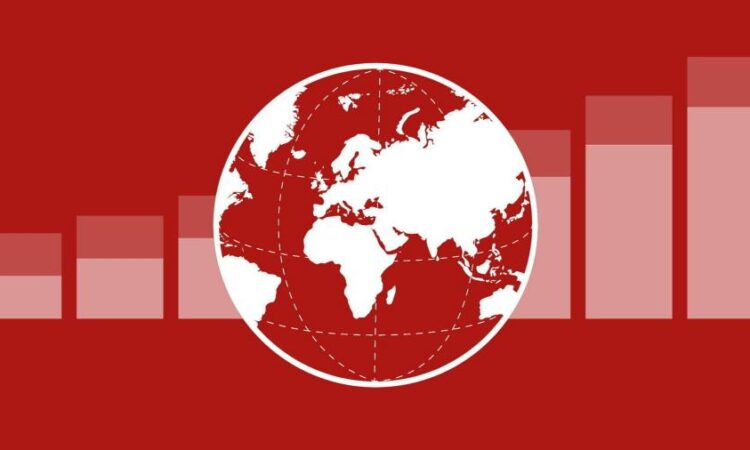
Receive free Markets updates
We’ll send you a myFT Daily Digest email rounding up the latest Markets news every morning.
Yields on the US benchmark government bond hit their highest level since 2007 on Monday as investors awaited a key meeting of central bankers for signals on the outlook for global interest rates.
Wall Street’s benchmark S&P 500 gained 0.4 per cent, reversing course after four successive days of losses, while the tech-focused Nasdaq Composite advanced 0.5 per cent. Investors were also looking ahead to earnings later in the week from chipmaker Nvidia, whose share price performance this year boosted tech stocks.
A succession of robust US economic data has stamped out hopes that the country’s central bank — which lifted interest rates to a 22-year high over the past year — would start cutting rates soon. On Monday, the yield on the 10-year benchmark rose 0.09 percentage points to 4.34 per cent, its highest point in 16 years.
Attention has turned to the closely watched Fed conference in Jackson Hole, Wyoming, later in the week, where investors hope for officials to hint at their future policy plans.
“It has been an ugly run for financial markets and investors are back to worrying about a Fed outlook, which still leaves the door open for an even less investor-friendly path forward,” said Joel Kruger, market strategist at LMAX Group.
“Throw in plenty of worry around the outlook for China [ . . . ] and it all makes for a stomach-turning backdrop market participants are being forced to contend with”, he added.
The rebound extended to Europe, where the region-wide Stoxx 600 rose 0.7 per cent, France’s Cac 40 gained 0.7 per cent and Germany’s Dax advanced 0.3 per cent.
Energy stocks led gainers in Europe, after crude oil prices strengthened as Opec+ data signalled that global supply was beginning to tighten since Saudi Arabia and Russia lowered exports.
The international benchmark Brent crude climbed 0.7 per cent to $85.44 a barrel, while US West Texas Intermediate was up 0.8 per cent at $81.89 a barrel.
The slowing economy in China was dealt another blow on Monday after the latest policy decision by the country’s central bank undershot market expectations.
The People’s Bank of China lowered its one-year loan prime rate, a reference for bank lending, by 10 basis points to 3.45 per cent but opted to keep the equivalent five-year rate steady at 4.2 per cent.
The move was the latest in a string of policy decisions that have fallen short of expectations, as economists polled by Bloomberg had unanimously projected 15 basis point cuts to the one-year and five-year rates.
China’s benchmark CSI 300 dropped 1.4 per cent, reaching its lowest level since November last year, while Hong Kong’s Hang Seng was down 1.8 per cent.
Investor calls for sweeping government support measures come at a time of heightened anxiety over China’s economy, which has struggled to regain momentum since the start of the year, when it reopened after a prolonged period of strict pandemic lockdowns.
Researchers from UBS investment bank have downgraded their forecasts for China’s economic growth from 5.2 per cent to 4.8 per cent in 2023, citing a downturn in the country’s dominant property sector, waning global demand as well as underwhelming government stimulus measures.
“The government’s policy support has arguably been less than was indicated earlier in the year, and less than we expected”, said Tao Wang, chief China economist at UBS Investment Research.
Recent data releases have signalled that the world’s second-largest economy is slipping into deflation, while its exports have dropped and youth unemployment has soared, prompting the government to stop publishing the statistic altogether.





